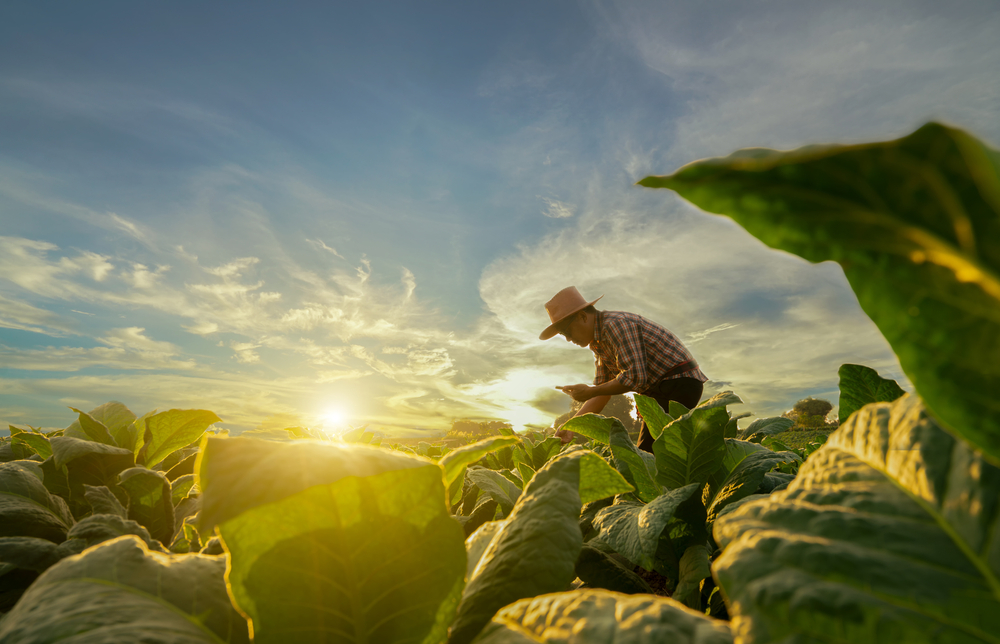The convergence of global pressures, such as climate change and the mounting demands of a fast-growing population, has shone a bright light on agriculture’s critical role in addressing these challenges. This important priority was highlighted at the recent United Nations climate conference, which marked a historic moment in which food and agriculture took center stage for the first time.
The commitment on December 1st of over 130 countries to prioritize food systems within national climate goals is a watershed moment in this period. However, while this commitment is symbolic, it lacks practical methods to address the impact of climate change on food production and emissions.
The relationship between food, emissions, and global need
The urgency stems from the dual role agriculture plays: as a victim of climate change’s disruptions and a significant contributor to greenhouse gas emissions. Extreme weather events rapidly threaten the global food supply, while the agriculture sector produces about a third of all human-caused greenhouse gases.
Addressing this tension requires agricultural innovation, which is becoming increasingly important in international climate talks. While the existing food supply can feed the world’s 8 billion people, future population predictions call for a significant increase in cropland by 2050. This increase, however, predicts more deforestation, worsening climate worries.
To make matters worse, conventional techniques such as synthetic fertilizers, which are critical for present yields, contribute significantly to climate change. Disrupting these practices in the absence of effective alternatives risks jeopardizing food supply and farmer revenue.
The need for agricultural innovation
Amid this problem, the Innovation Commission for Climate Change, Food Security, and Agriculture, chaired by Nobel laureate Michael Kremer, has identified seven key areas set to transform agricultural practices. These advances aim to secure enough food production, reduce greenhouse gas emissions, and feed hundreds of millions.
Investigating game-changing innovations
Accurate weather forecasts have a revolutionary impact, especially in low-income nations, allowing farmers to make informed decisions about planting, irrigation, and harvesting. Strategic investments in technology for mass prediction dissemination have yielded significant economic benefits, clearing the door for agricultural practices to be optimized.
Microbial Fertilizers
Significantly reducing the need for synthetic fertilizers, microbial fertilizers that use microorganisms to improve plant and soil nutrient uptake have become game changers. The effective use of rhizobia-based fertilizers in Brazil demonstrates their worldwide potential, offering healthier soils and farmer prosperity.
Livestock Methane Reduction
Addressing livestock emissions, a large contribution to agricultural greenhouse gases is a critical concern. Feed additive innovations promise to lower methane emissions, increase animal growth, and improve energy efficiency.
Possibilities for innovation and future priorities
Aside from these cutting-edge breakthroughs, the Innovation Commission has identified the following critical priorities:
– Rainwater harvesting for enhanced irrigation in agricultural practices.
– Cost reduction initiatives in digital agriculture for efficient resource utilization.
– Advocacy for alternative protein sources to alleviate livestock dependency.
– Provision of social protections to support farmers in extreme weather events.
Navigating the innovation frontier: opportunities and challenges
Despite their inventive potential, scaling these solutions has hit commercial roadblocks, particularly in low- and middle-income countries. Inadequate investment in novel agriculture solutions has hampered progress.
Embracing innovation: a game-changing path forward
However, history has demonstrated that investing in innovation yields significant societal benefits. A worldwide collective response has the potential to usher in transformational solutions for climate-resilient food systems, similar to Gavi, The Vaccine Alliance‘s pioneering accomplishment in changing vaccine accessibility and child mortality reduction.
At COP28, the globe is prepared to combine efforts toward climate change, food security, and agriculture, laying out a radical path for the future.
We are highlighting this piece as part of our annual “Best Of” roundup of articles published at The Optimist Daily this year. Today’s focus is on the top Political solutions of 2023.











